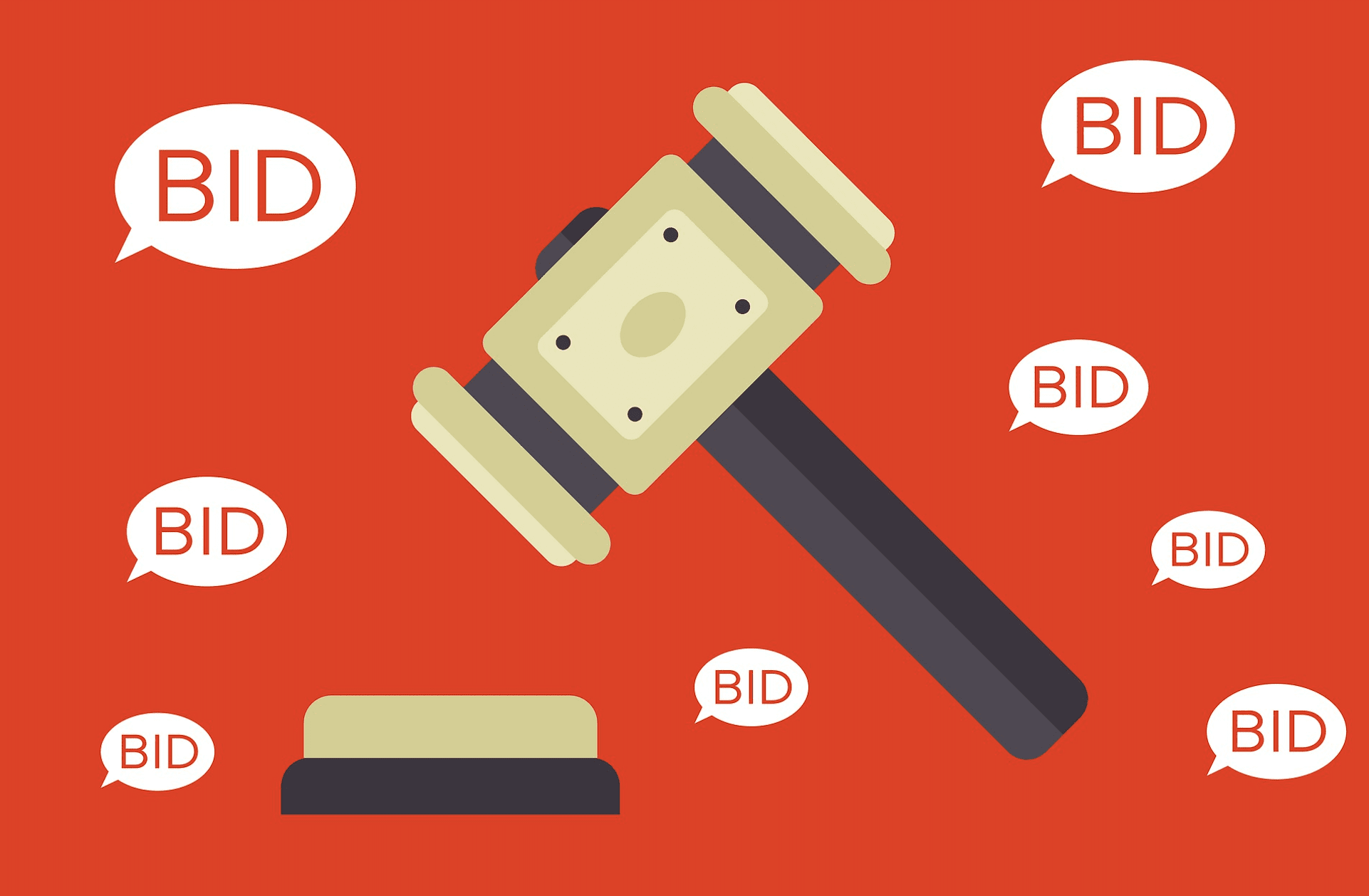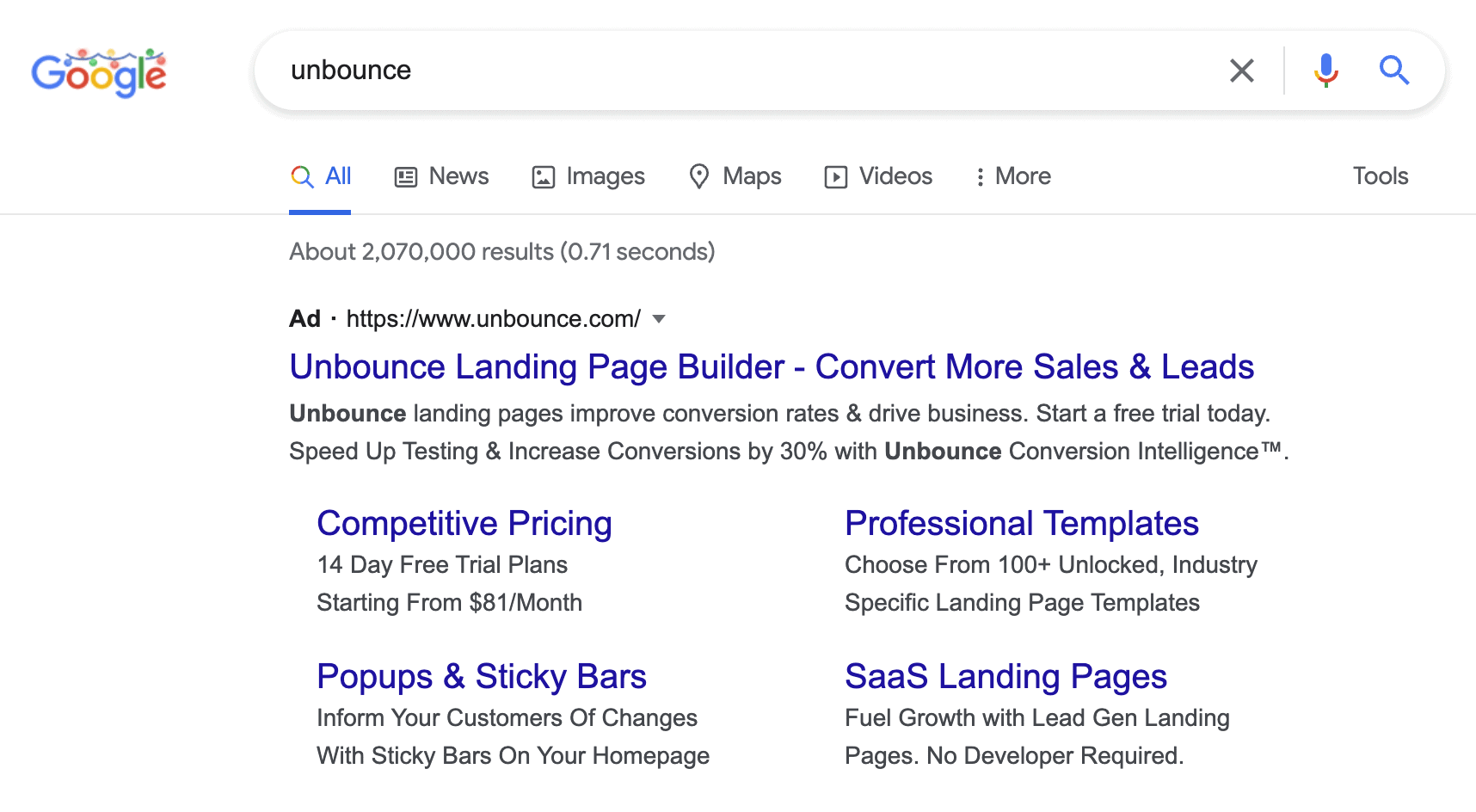Automated ad bidding is one of the most powerful tools available to digital marketers today, and thanks to machine learning, you can now harness its full potential.
Not only will automated ad bidding help you make your campaigns more visible online, but it will also save you a bundle of cash along the way.
Let’s take a look at the benefits of automated ad bidding for your business—from brand awareness, traffic increase, and conversion rate optimization—and bidding strategies you can use to reach your advertising goals faster.
What is Automated Ad Bidding?
There are many killer strategies to pick from for online advertising, and automated ad bidding is a super-powered weapon for marketers. In a nutshell, automated ad bidding lets the computer bid on digital ad space in real-time so that you get the best possible exposure for your budget. These automated systems use historical data from previous campaigns to predict how different bidding strategies will affect future results.
What’s the big idea? Well, real-time optimizations help you get to your desired outcomes—whether that’s more clicks, impressions, or conversions.
The beauty of using an automated ad bidding system is that it takes all of the guesswork out of running a successful paid search campaign. You can set it and forget it while the computer adjusts bids and spending as necessary to reach your goals.
Automated ad bidding and Smart Bidding often get confused with one another, but they’re two different things.
- Automated ad bidding is the umbrella term that includes all bid strategies involving automation.
- Smart Bidding is a subset of strategies that use machine learning (auction-time bidding) to optimize bids for better performance.

How Automated Ad Bidding Benefits Your Business
On top of helping you spend money where it matters most, automated ad bidding helps search marketers achieve some key objectives:
- Build brand awareness: Savvy advertisers know that branding is a powerful marketing tool worth investing in. Automated ad bidding gets your ads in front of more people, increasing your brand exposure and reach. This lets you promote your business while keeping a tight lid on your budget by setting caps.
- Increase traffic: More eyeballs on your ads means more chances for people to click through and visit your website. By targeting the right people at the right time, you see more qualified visitors coming to your site. You can increase bid levels for lower-competition keywords that drive valuable traffic while reducing bids on higher competition to keep costs under control.
- Optimize conversion rates: Ultimately, you want people to take desired actions on your website, like filling out a contact form or making a purchase. By increasing bids on ads that lead to conversions and reducing bids on those that don’t, you can fine-tune your campaign to drive the most valuable traffic possible. Even though you might pay more for ads that convert, you’ll likely still see a higher return on investment (ROI) overall.

Smart Bidding Strategies for Success
With many automated bidding strategies at your fingertips, it can be tricky to figure out which one is right for you. The good news is that most of them are adjustable, so you can experiment ‘til you find the one that works best for your business.
Google’s four Smart Bidding strategies—Maximize Clicks, Target Impression Share, Target CPA, and Target ROAS—are all automated ad bidding options available in Google Ads. Here’s how they work:
Maximize clicks
Maximize clicks is an automated ad bidding strategy that gets you as many clicks on your ads as possible based on your budget.
It uses past performance data from previous campaigns to determine the optimal amount that will result in maximum clicks—and it’s dynamic, meaning you can add rules like “don’t let the average cost per click exceed $1,” if necessary.
Target impression share
Target impression share automatically adjusts your bids to keep your ad visible at the top of the page, giving you the highest possible share of relevant traffic. This strategy is a good fit for campaigns with brand terms or high-value keywords, where you want to make sure your ads are seen as much as possible. It can also be a valuable strategy for building brand awareness.

Target CPA
Target cost-per-action (CPA) bids for traffic that’s most likely to result in a conversion.
For example, you might bid higher for search terms with a track record of bringing in customers and lower for keywords with less potential. This bidding strategy is ideal for businesses looking to optimize their campaigns for conversions.
Target ROAS
Target return on ad spend (ROAS) is another way of optimizing for conversions, but instead of being based on cost-per-action, it’s based on your return.
For example, if you’re happy with a 5:1 return (meaning that for every dollar you spend, you earn five dollars back), your target ROAS would be 500%. This bidding strategy will automatically adjust your bids to hit that target.
Choosing the Right Bidding Strategy for You
No matter your business size, automated ad bidding can boost brand awareness while providing a steady stream of fresh traffic—without breaking the bank.
Think about your goals for the campaign: Do you want more clicks? Higher impression share? More conversions?
Whichever bidding strategy you choose, it’s important to remember that automated ad bidding is meant to work alongside other marketing methods—not replace them. Experiment with different bidding strategies to find the one that crushes your goals, and be tactical in every aspect of your campaign.
Landing pages are another important part of your campaign, one that can either make or break the effectiveness of automated ad bidding. Maximize your results with Smart Builder to create pixel-perfect landing pages that convert.

![[General] CI Conversion Intelligence Platform](https://unbounce.com/photos/blog-visual-cta-bofu-2260x1217-1.png)
